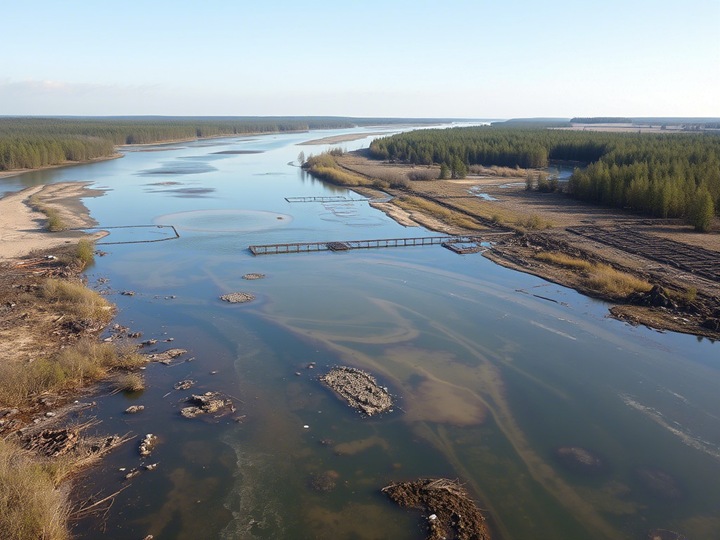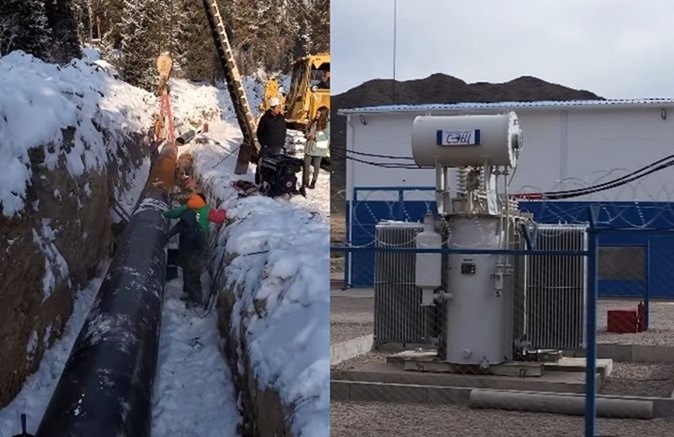Transboundary Irtysh in danger: mercury pollution continues
The press service of the Ministry of Natural Resources of the Russian Federation reported that the preservation of the ecology of the Irtysh River, where mercury pollution has been recorded within the Omsk region for several years, is one of the priority areas of cooperation between Russia and Kazakhstan. It is emphasized that this is a transboundary river, and its deplorable state is a common problem of the two states. Alarms about mercury pollution are received regularly, and this cannot but cause concern among environmentalists and the public.

The ministry noted that the parties are conducting joint studies of the river and an inventory of objects of accumulated damage. This means that in addition to the current pollution, the Irtysh also suffers from the consequences of past economic activities, which continue to poison the river and its ecosystem. Mention is also made of the development of a new joint program to improve the river, since the previous program ended at the end of 2024. It is important that they decided not just to extend the old program, but to develop a new one – probably taking into account new data and more ambitious goals for the restoration of the Irtysh ecosystem.
The inclusion of the Irtysh River in the federal project “Water of Russia” of the national project “Ecological well-being” gives hope, but such efforts are hardly enough. The ministry clarified that the construction of the Krasnogorsk hydroelectric complex will be completed in the Omsk Region by 2030 and work will be carried out to clear sections of the river. However, it remains an open question to what extent these measures will be able to compensate for the damage caused to the river by ongoing pollution, in particular, mercury.
It is emphasized that the regions can initiate the allocation of federal funding by proposing measures to preserve the Irtysh. This is an important point, because it is on the ground that specific problems and solutions are best seen. However, as practice shows, financing alone is not enough – strict control over the expenditure of funds and the effectiveness of measures taken, as well as compliance with environmental legislation, is necessary.
It is of serious concern that in recent years, mercury pollution of the Irtysh has been repeatedly recorded in the Omsk region, including downstream from the border with Kazakhstan. Five such cases are reported in 2024, including extremely high pollution on September 24, when the maximum permissible concentration was exceeded by more than five times. This year, mercury was detected in the river on January 9 and 20, exceeding the MPC by three to five times. The most alarming thing is that the source of pollution has not yet been identified. This means that the river continues to be exposed to dangerous effects, and the perpetrators of an environmental crime remain unpunished.


